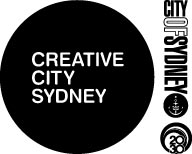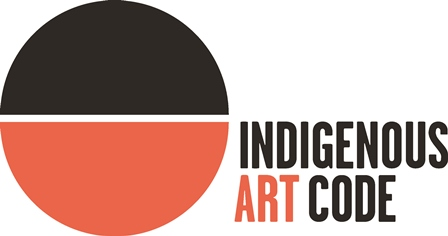Light Matter
Light Matter
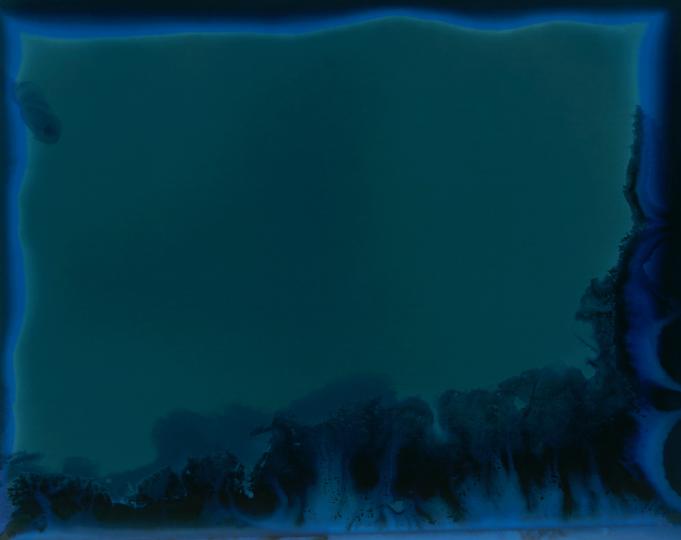 Yvette Hamilton, 2019
Yvette Hamilton, 2019
Dean Cross | Ellen Dahl | Lucas Davidson | Yvette Hamilton | Elena Papanikolakis | Ioulia Terizis | Garry Trinh | Amanda Williams
For the exhibition Light matter, guest curators Yvette Hamilton and Ellen Dahl present recent works by eight Sydney, lens-based artists. The current democratisation of image-making, where everyone is a photographer, has renewed discussions on artistic authorship and intensified the creative possibilities of lens-based practice.
Each artist presented has approached photography quite differently, bending traditional processes and, in some cases, exploring the capabilities of contemporary technologies. Their works vary from analogue, digital and hybrid techniques to the appropriation of found images and camera-less photography. Through their creative exploration each artist contributes to the enduring relevance of photography as a significant visual arts practice.

Creativity takes time. Time to consider the parameters of the work, time to execute and time to contemplate the effectiveness of the process. Yvette Hamilton’s work is all about temporality and was created over several hours in a storm on top of a Scottish lighthouse, which overlooks the North Sea. From the paper negative to the alluring cyan of the work presented as a backlit Duratran, the incremental stages of her practice can be measured by the strobes of the programmed light source which mimic the original lighthouse.
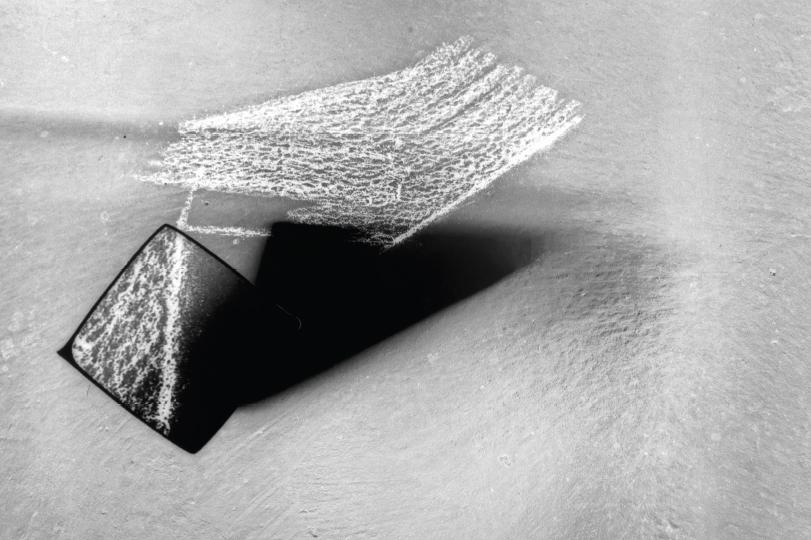
Ioulia Terizis’ work considers the processes of selection, layering and manipulating. Shifting between analog and digital and then repeating the process over. Ioulia uses action to create a new image. Inspired by Richard Serra’s use of commands for creating sculpture, Ioulia introduces uniquely photographic terms to this lexicon, such as ‘to crop’, ‘to pixelate’, and ‘to layer’ as she investigates new image-making profiles.
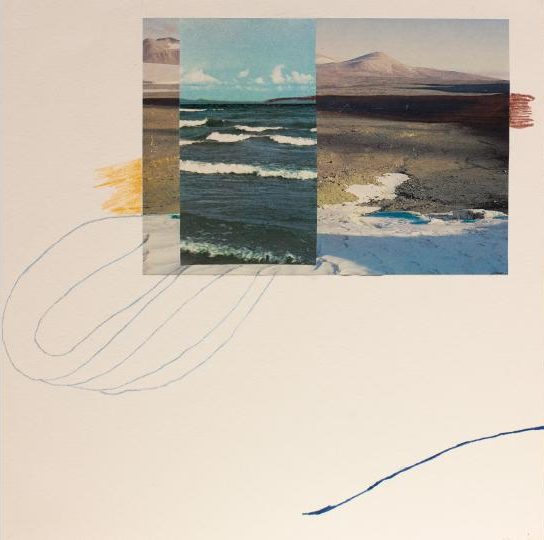
Elena Papanikolakis also investigates the landscape but as an open, subconscious space. Not in a Dali-esque sense, but as a serene space that is in opposition to the visual noise and activity of the urban. The artist collages found images from one source, then apples overdrawing to obliterate the original location and enhance our reading of the landscape as an abstracted form.
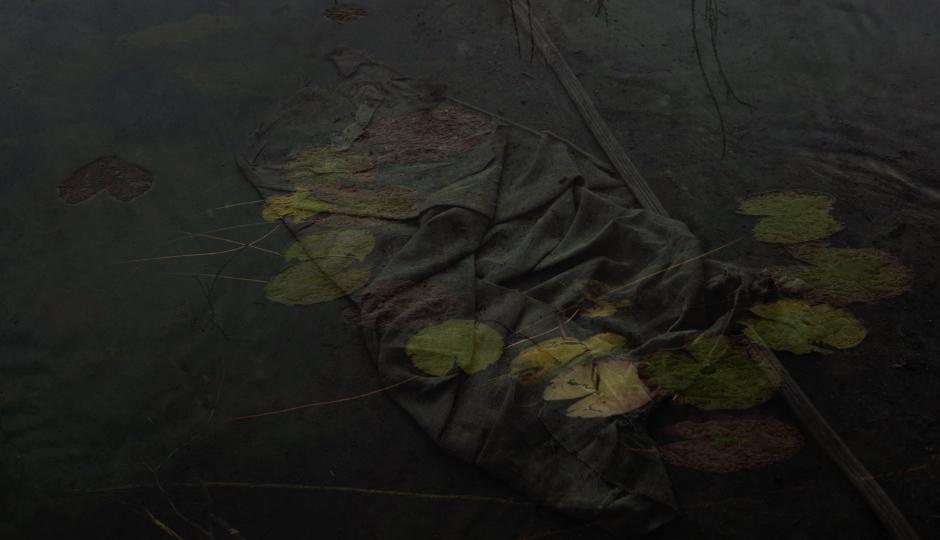
Sequencing a series of animated still images and overlay them with moving image Ellen Dahl manipulates our appreciation of chronological time. There is a reference to the fundamentals of photography as her depictions of a forest floor shift from beautiful magenta to a desaturated sepia.
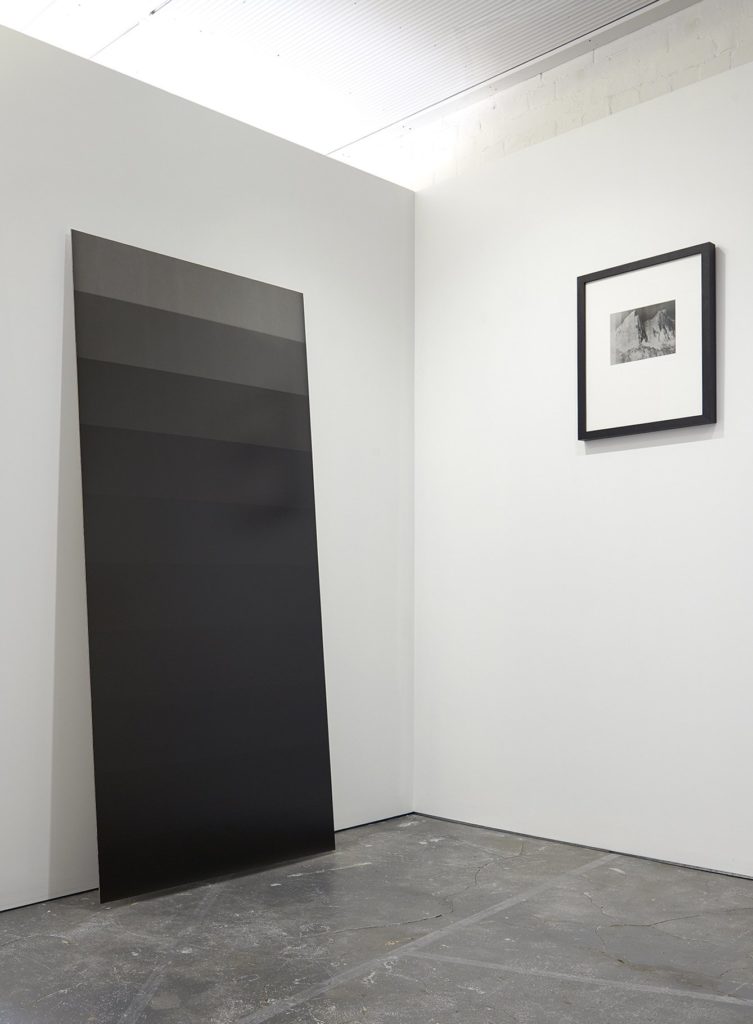
Amanda Williams invigorates antique photographic papers creating monochromatic gradations that reference Ansel Adams’ zones system. Her attraction to historical landscape photography goes beyond visual representation to reconsider it as a gendered space.
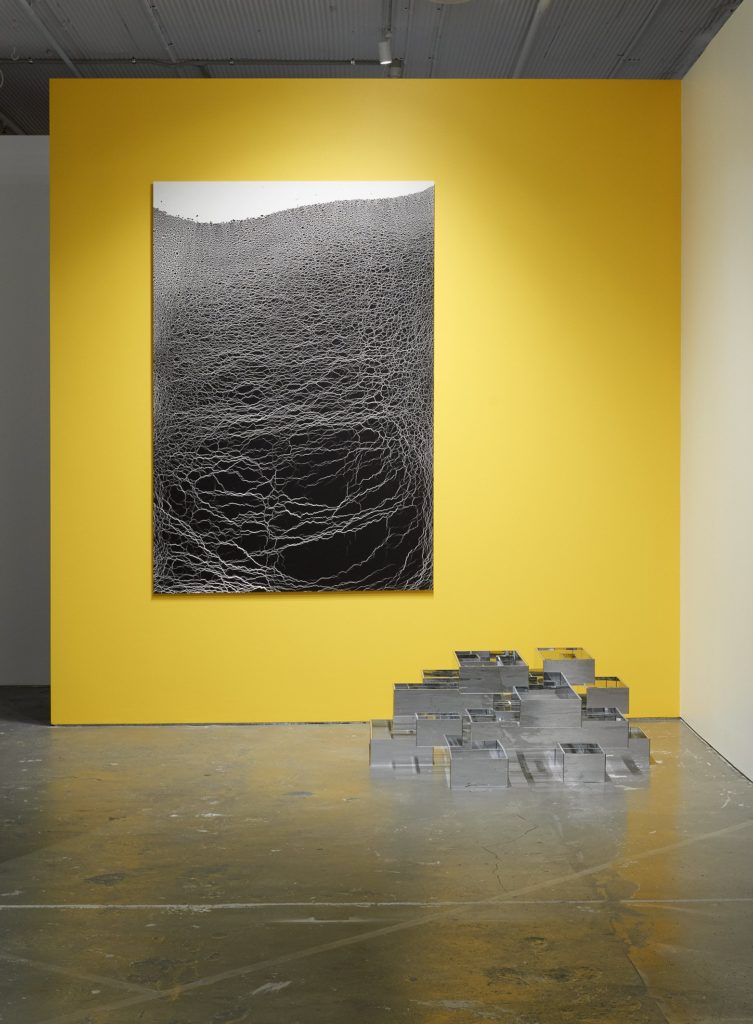
Lucas Davidson takes image to the extremes of fragmentation and pure abstraction. Usually working with photographic paper, Lucas activates the surface chemically, inducing stress to the emulsion. The resulting image holds within it the degradation of an organic form. In contrast, his construction of mirrored boxes creates complex and repeated images that are fed directly from the environs.
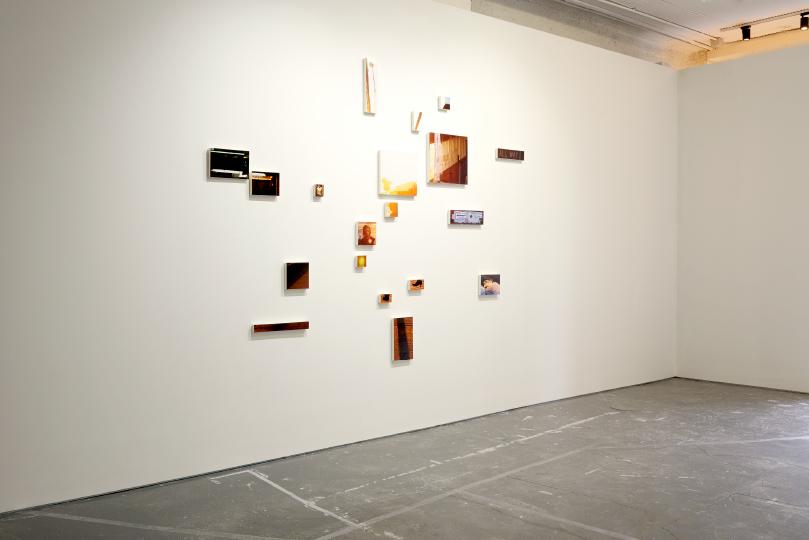
Gary Trinh returns to his vast archive of images selecting one to scrutinise and decompose. In a state of slow looking, he applies a painter’s attention to detail and a photographer’s eye for cropping as he pulls out certain composition elements – a shoe, a shadow or a sign from the street scape. Allowing each segment to exist independently, he meticulously reconstructs the image on a human scale with proportionally more blank space than image and invites the viewer to reactivate the narrative.
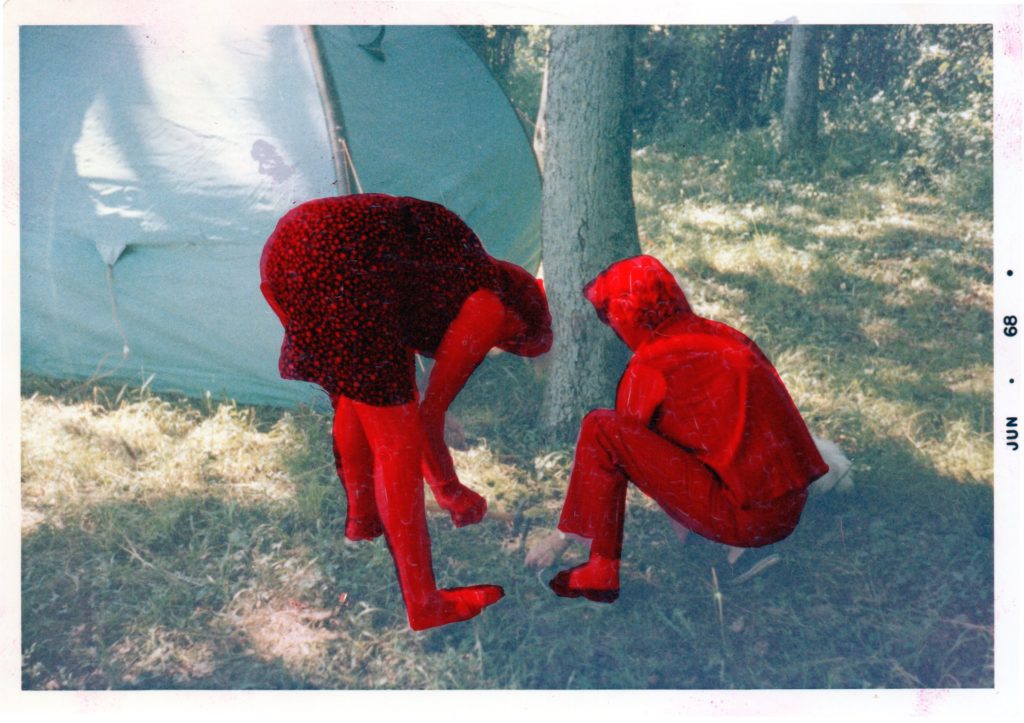
Dean Cross is nostalgic for the pre-iPhone era where albums were made up of pages rather than screens. Dean acquires these photographic prints on the Internet, selecting and composing them into a narrative. Working over each image with red ink, he partially colours, or blocks, figures to set them apart from the others depicted. The materiality of the photograph is significant, having originated at particular time and place in the history of photography. Dean’s interventions shift the perspective of the composition and the dimension of the view. He wants you to be intimately engaged with the photographs. In contrast to being framed and wall-hung, the image is viewed from above while you relax in an armchair turning the album pages as they rest in your lap.
This exhibition stretches out from the foundations of traditional photography – from the colour model to the grayscale, from the planar to the multi-dimensional, from still to moving, reflected and Illuminated to contained and exploded. Each artist has a built their signature aesthetic with time and process. Initiated by a desire, framed by their experience, and developed through experimentation. Light matter is proof there are still new images to be created.
Text by Allison Holland.
Curators
Ellen Dahl and Yvette Hamilton
Exhibition Details
ACP Project Space Gallery, 24 August – 26 October 2019
Public Programs
To support this exhibition the ACP, in collaboration with University of Technology, Sydney, hosted Light matter: a symposium on contemporary photographic art practice on Saturday 24 August 2019.
This forum brought together artists, curators and academics to discuss the nuances of contemporary lens-based practice in Australia. Over the day a series of presentations and panels will consider issues from authorship and identity to politics and non-human vision in the post-photographic era. There was also a focus on innovative approaches to creative process and materiality, including analogue, digital, hybrid and camera-less formats.
Presenters include: Dr Donna West Brett (University of Sydney); Dr Cherine Fahd (University of Technology, Sydney); Yvette Hamilton; Dr Melissa Miles (Monash University); Dr Sara Oscar (University of Technology, Sydney); and Dr Kate Warren (Australian National University).
The Works
Yvette Hamilton, Luminous capture #11 (positive), 2019
Animated lightbox: Duratran, LED lights, microprocessor, acrylic.
Courtesy of the artist.
Ioulia Terizis, Packed matter II, from Packed matter series, 2019
Gelatin silver on paper
Courtesy of the artist.
Amanda Williams, Untitled (after Ansel Adams version 1 of 3 May 2017), 2017
Photogram on Kodak Polyfiber gelatin silver paper, on dibond
Collection of Murray Art Museum Albury
Amanda Williams, Untitled (after Ansel Adams version 1 of 3 May 2017), 2017
Courtesy of the artist and The Commercial Gallery, Sydney
Lucas Davidson, Mindfield, 2013
Ink on paper
Lucas Davidson, Field study, 2019
Four-sided mirror boxes
Courtesy of the artist and Dominik Mersch Gallery, Sydney
Installation views of Amanda Williams and Lucas Davidson’s works at ACP Project Space Gallery, 2019 courtesy of Ellen Dahl
Garry Trinh, Eye occupy (remixed), 2017
Digital chromagenic prints
Image courtesy of ACP and Michael Waite
Elena Papanikolakis, from Nature splits series, 2019
Found images, acrylic, pencil, Stonehenge paper, on canvas boards
Courtesy of the artist and ReadingRoom, Melbourne.
Dean Cross, Campers, from Isolation’s: 16 studies series, 2019
Archival ink on found photographs
Image courtesy of the artist.
Ellen Dahl, At the edge of place, 2019
Perspex box, and single channel, HD moving image, with sound. Duration: 7 min, looped.
Courtesy of the artist.


